The rate of heart attacks, strokes, and other cardiovascular complications increased among patients hospitalized with COVID-19 between March 2020 and December 2021, according to a new study led by UT Southwestern Medical Center researchers. The rise came even as patients hospitalized with the virus tended to be younger and less likely to have had cardiovascular disease (CVD) as the pandemic wore on.
Tag: Heart
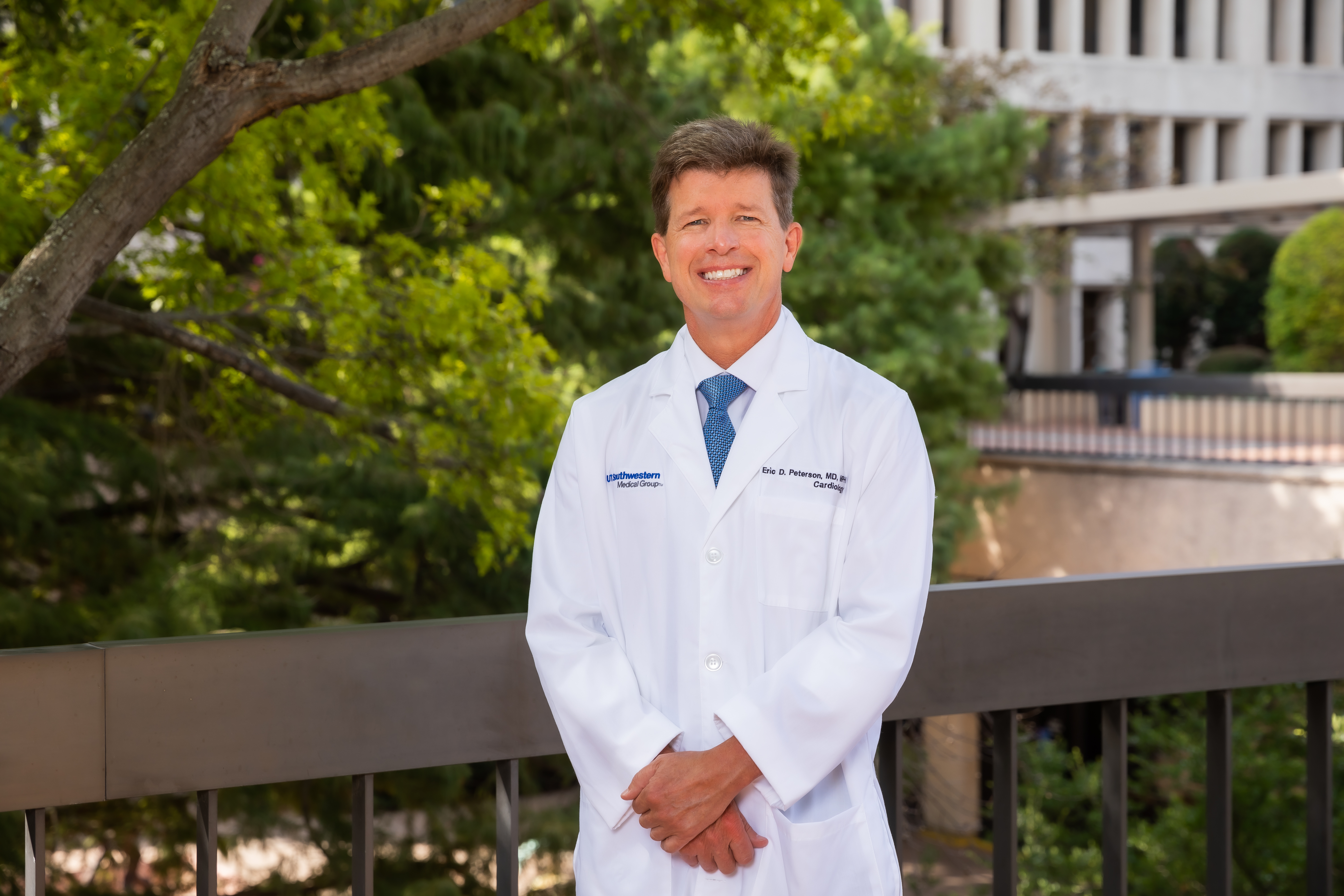
Use of racially concordant educational video did not affect acceptance of heart implant devices among Black patients
Multiple studies have demonstrated that Black patients are significantly less likely than white patients to undergo invasive cardiovascular procedures. Prior research also has demonstrated substantial racial disparities in the use of implantable cardioverter-defibrillators (ICDs) that can be lifesaving for those at high risk for sudden cardiac death.
The heart benefits of walnuts likely come from the gut
A new study examining the gene expression of gut microbes suggests that the heart-healthy benefits of walnuts may be linked to beneficial changes in the mix of microbes found in our gut.
A readily available dietary supplement may reverse organ damage caused by HIV and antiretroviral therapy
MitoQ, a mitochondrial antioxidant that is available to the public as a diet supplement, was found in a mouse study to reverse the detrimental effects that HIV and antiretroviral therapy (ART) have on mitochondria in the brain, heart, aorta, lungs, kidney and liver.
ACC Late-breaking Study: Transcatheter Mitral Valve Repair
Investigators from the Smidt Heart Institute at Cedars-Sinai will present late-breaking findings from a large analysis of patient outcomes that suggest transcatheter mitral valve repair is both safe and effective for older patients. Raj Makkar, MD, associate director of the…
What You Need to Know About Cardiovascular Disease and Cancer
With February designated as American Heart Month, it’s a good reminder for people with cancer to monitor their cardiovascular health.
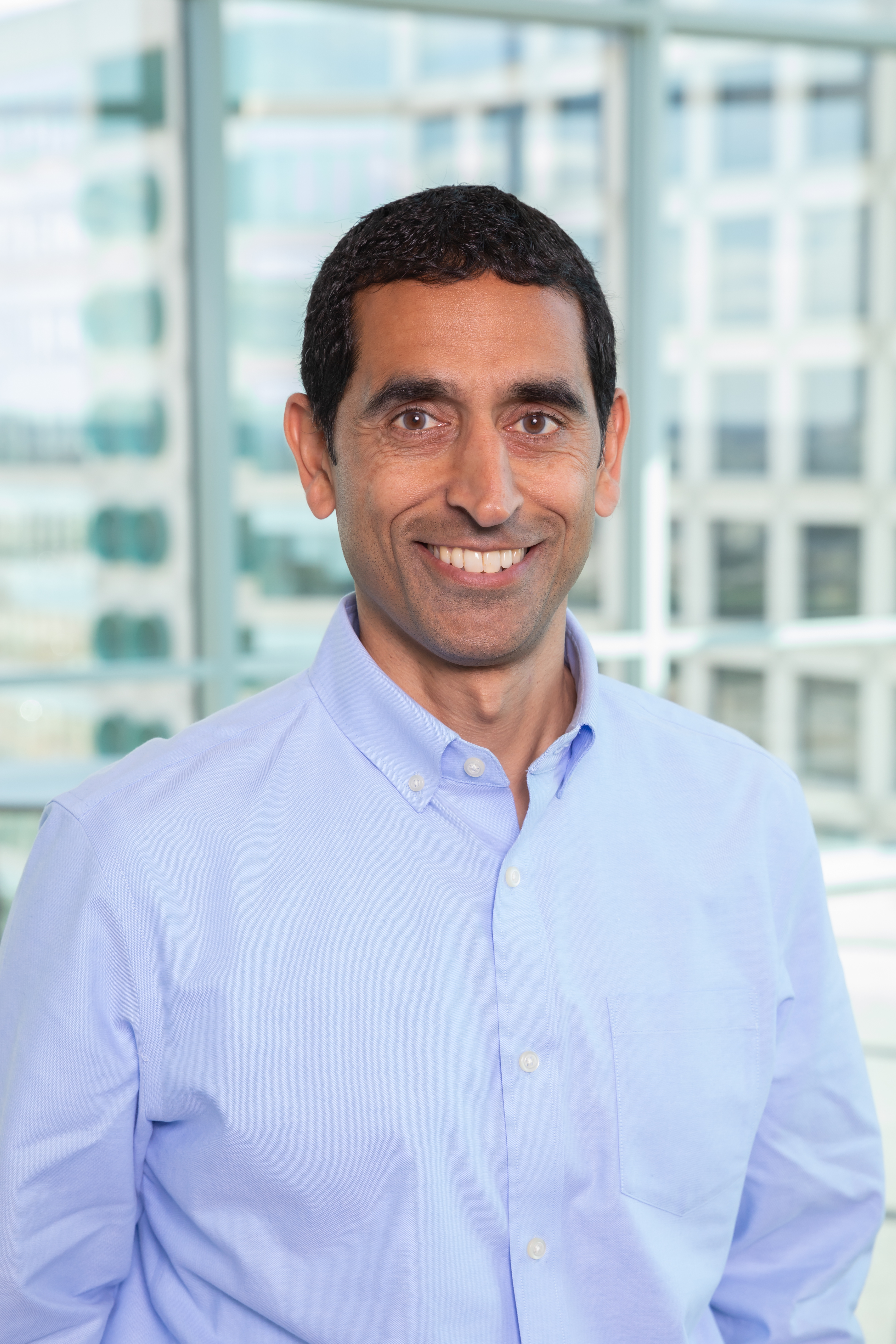
Potential genetic regulators of the heartbeat identified by UT Southwestern researchers
UT Southwestern Medical Center researchers have mapped gene control elements in specialized cardiac cells responsible for coordinating heartbeats. The findings of the genome exploration study, published in The Journal of Clinical Investigation, provide insight into how heartbeats are regulated and could impact diagnosis and risk prediction for a variety of common arrhythmias.
Cleveland Clinic is offering “Galentine’s Day” e-card from American Greetings to raise money for research on heart disease, the #1 killer of women in the United States
Heart disease is the No. 1 killer of women and men in the United States. It causes one in every four U.S. deaths.

FSU experts available for American Heart Month
By: Bill Wellock | Published: February 2, 2023 | 9:16 am | SHARE: February is a time to think about matters of the heart.That includes heart health.The American Heart Association sponsors “American Heart Month” every February to promote good cardiovascular health. Understanding the risk factors of heart disease and how to live a heart-healthy lifestyle goes a long way toward improving quality of life.
University of Kentucky cardiac, cancer specialists collaborate to prevent heart problems in cancer patients
Ever since she was 12 years old, Barbie Johnson has been a Kentucky girl at heart. Raised in the bluegrass, Barbie has worked at UK HealthCare for 18 years, first in gynecologic oncology and now in surgery scheduling. But she had no idea that while working with patients she would eventually become one herself.
Learn CPR and Lower Your Stress: Mount Sinai Cardiologists Emphasize Their Importance During American Heart Month
Doctors warn about lack of knowledge of administering CPR, especially in high-risk groups, and the rise of stress-related heart issues
Gene editing halts damage in mice after heart attacks in UT Southwestern study
Editing a gene that prompts a cascade of damage after a heart attack appeared to reverse this inevitable course in mice, leaving their hearts remarkably unharmed, a new study by UT Southwestern scientists showed. The findings, published in Science, could lead to a new strategy for protecting patients from the consequences of heart disease.
Getting to the Heart of Chemotherapeutic Cardiotoxicity
On any given Tuesday, you will find Brian C. Jensen, MD, cardiologist and physician-scientist, tending to patients in his cardio-oncology clinic. His schedule is packed to the brim with cancer patients. But not patients with heart cancer. The largest number of patients he sees are cancer patients who have developed, or are at risk of developing, heart damage in response to their chemotherapy regimens.
Simulations Show Weak Electrical Pulses Could Treat Atrial and Ventricular Fibrillations
With numerical simulations, researchers have demonstrated a new way to time weak electrical pulses that can stop certain life-threatening arrhythmias. Publishing their work in Chaos, the group shows that timed pulses are successful in ending atrial and ventricular fibrillations. The study provides early evidence that one theorized approach to controlling fibrillations – adaptive deceleration pacing – can improve the performance of defibrillators.
Checking blood pressure in a heartbeat, using artificial intelligence and a camera
Australian and Iraqi engineers have designed a system to remotely measure blood pressure by filming a person’s forehead and extracting cardiac signals using artificial intelligence algorithms.
Northwestern Medicine Taps Douglas R. Johnston, MD, to Lead Cardiac Surgery
Nationally recognized cardiothoracic surgeon, Douglas R. Johnston, MD, has been named surgical director of Northwestern Medicine’s Bluhm Cardiovascular Institute and chief of the division of cardiac surgery at Northwestern Memorial Hospital and Northwestern University Feinberg School of Medicine.
Researchers Map Rotating Spiral Waves in Live Human Hearts
Researchers at the Georgia Institute of Technology and clinicians at Emory University School of Medicine are bringing a new understanding to these complicated conditions with the first high-resolution visualizations of stable spiral waves in human ventricles.
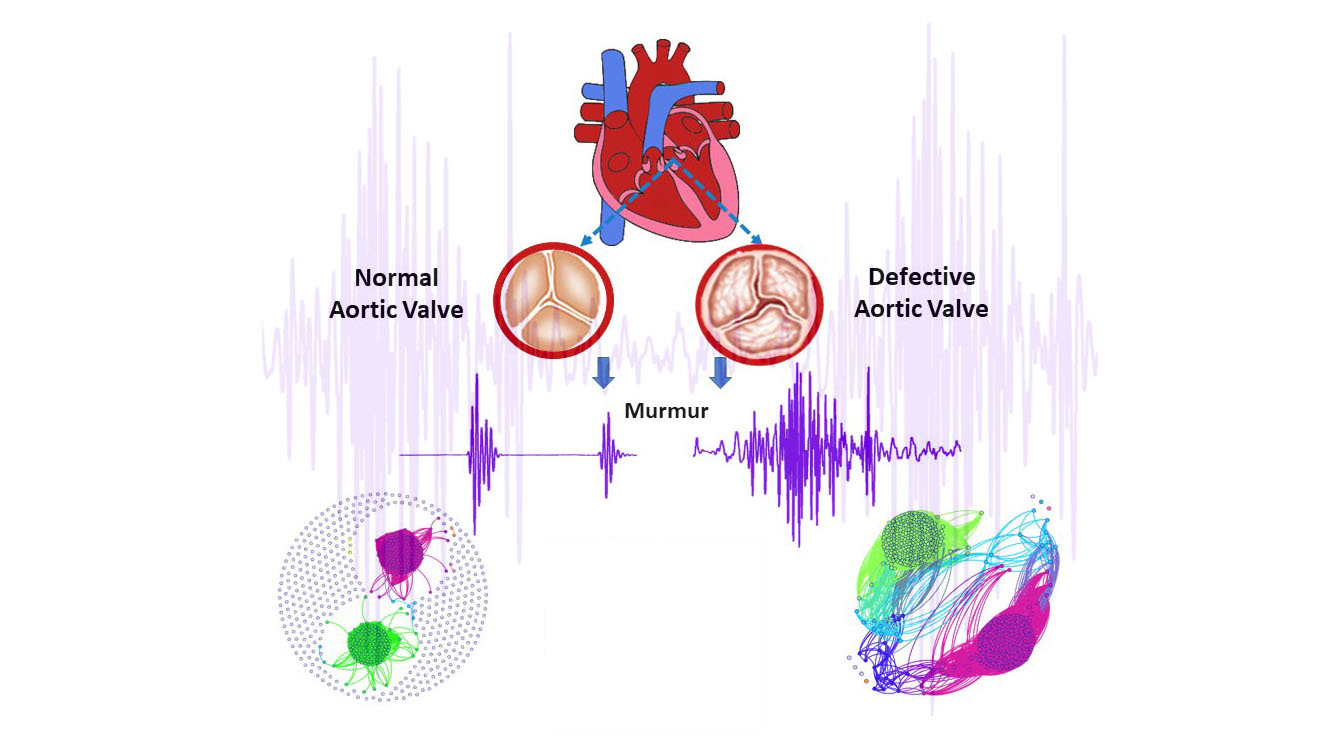
Low-Cost Disease Diagnosis by Mapping Heart Sounds
In the Journal of Applied Physics, researchers develop a method to identify aortic valve dysfunction using complex network analysis that is accurate, simple to use, and low-cost. They used heart sound data to create a complex network of connected points, which was split into sections, and each part was represented with a node. If the sound in two portions was similar, a line was drawn between them. In a healthy heart, the graph showed two distinct clusters of points, with many nodes unconnected. A heart with aortic stenosis contained many more correlations and edges.
Johns Hopkins Researchers Find Link Between Dementia and Atrial Cardiopathy
Older adults with atrial cardiopathy (a major, often undetected cardiac cause of stroke) may be at increased risk of developing dementia, according to new research led by Johns Hopkins Medicine.
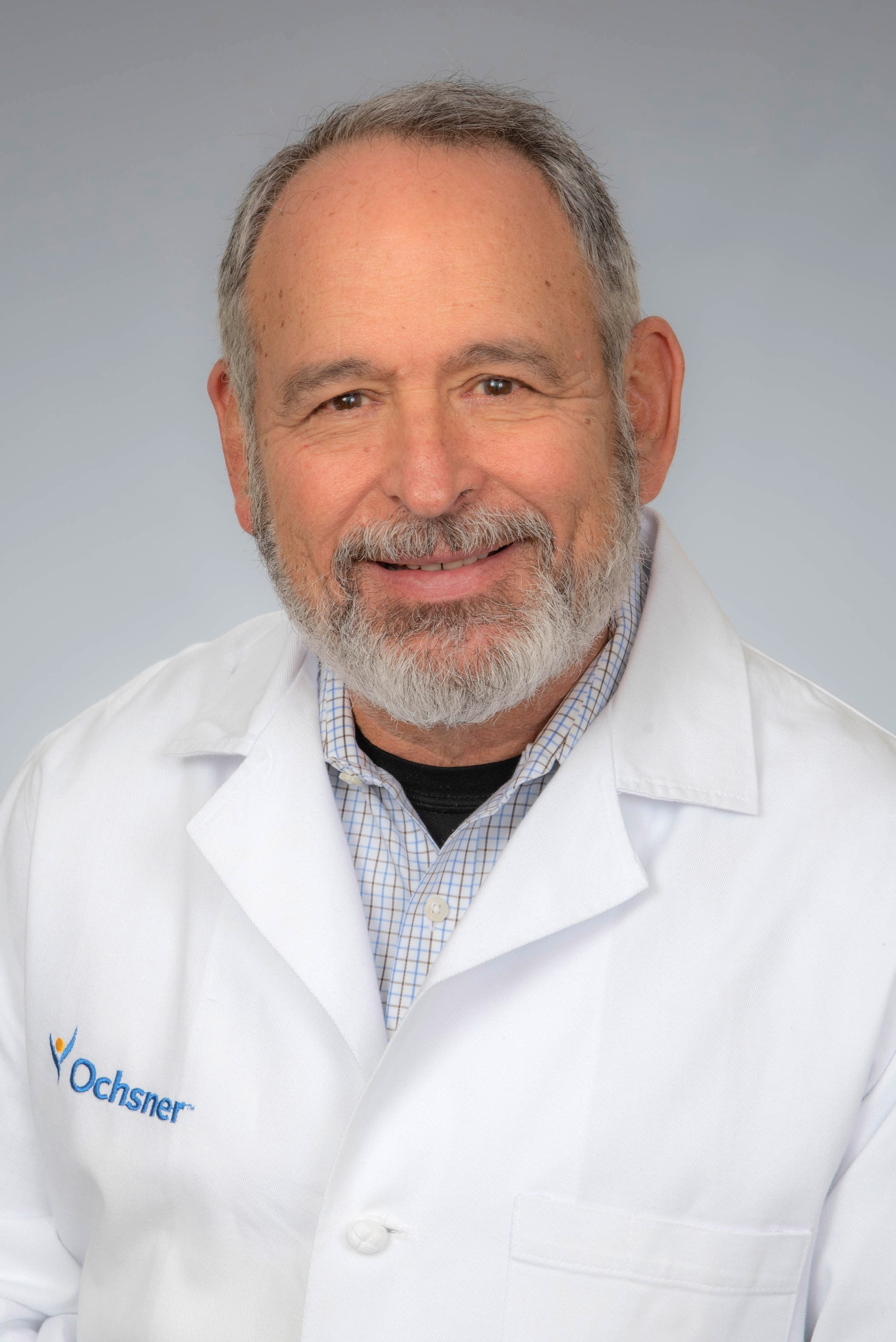
JACC study makes case for expanding coverage for carotid artery stenting
Research from Ochsner Health published in the Journal of the American College of Cardiology advises expanding insurance coverage for carotid artery stenting.
Study: Making an artificial heart fit for a human — with focused rotary jet spinning, not 3D
In a new study published in Science, a team of researchers from Harvard, University of Pittsburgh, University of California, Irvine and University of Zurich have come together to utilize a new, more advanced method to fabricate artificial tissues and organs. The researchers proposed the process of focused rotary jet spinning. This team included Qihan Liu, an assistant professor in the University of Pittsburgh Swanson School of Engineering.
Adult Cancer Survivors Have Higher Risk of Cardiovascular Disease Than Those Without Cancer, Study Shows
Adult survivors of cancer have a higher risk of heart failure and other cardiovascular diseases (CVD) later in life than adults without cancer, according to results of a large study led by Johns Hopkins Medicine researchers.
Spiral Wave Teleportation Theory Offers New Path to Defibrillate Hearts, Terminate Arrhythmias
Researchers from the Georgia Institute of Technology offer a new method to disrupt spiral waves that uses less energy and that may be less painful than traditional defibrillation.
Prominent Cardiac Surgeons Join UCSF’s Advanced Heart Failure Comprehensive Care Center
UC San Francisco’s Cardiovascular team is welcoming two highly regarded cardiac surgeons to its renowned program. The specialists will join the newly formed Advanced Heart Failure Comprehensive Care Center (AHF CCC).
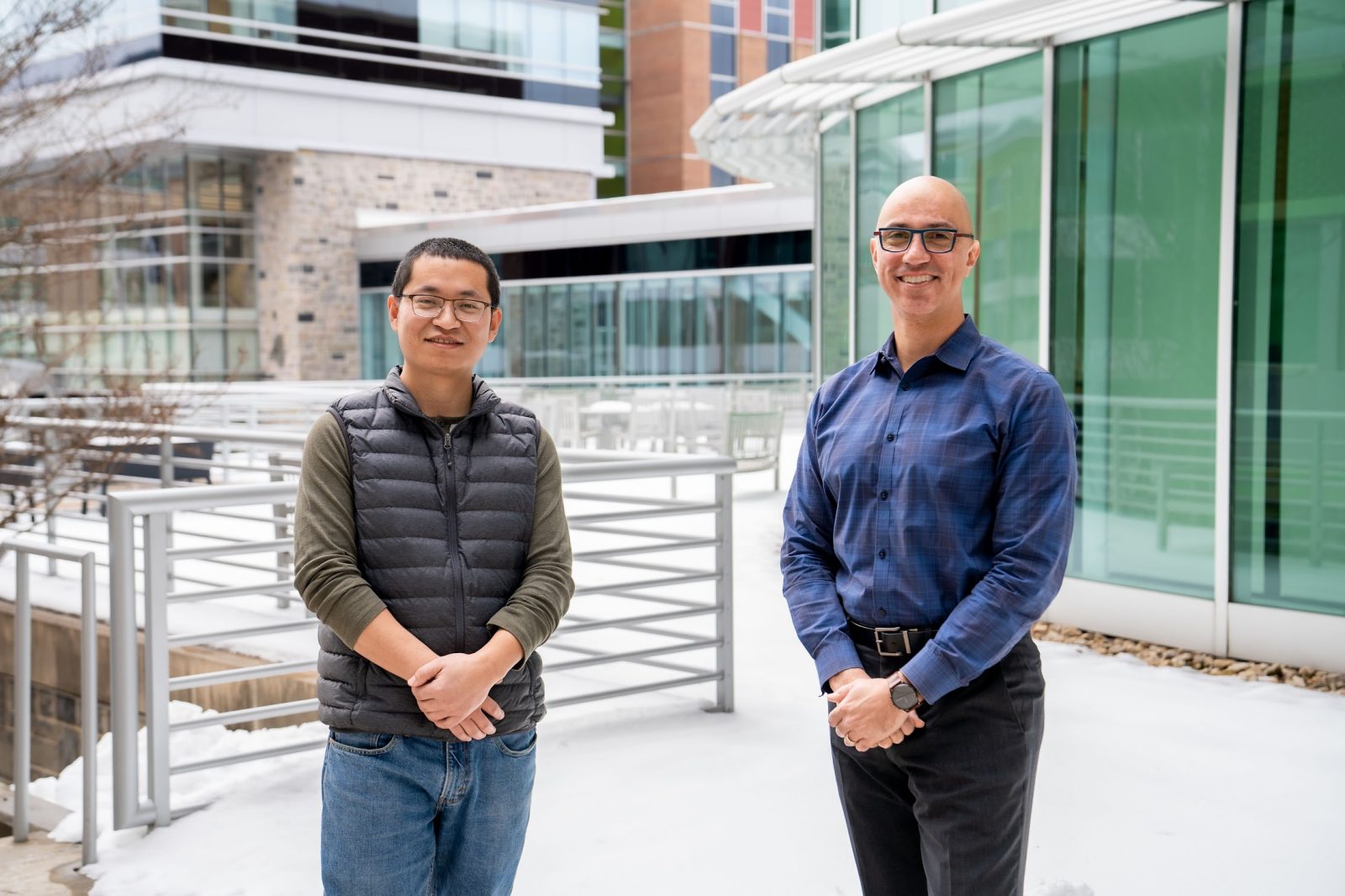
Deadly arrhythmia trifecta: Salt, swelling, and leaky sodium channels
Cardiovascular researchers at Virginia Tech’s Fralin Biomedical Research Institute at VTC have published a new study describing how deadly arrhythmias arise from elevated sodium levels, heart tissue irritation and swelling, and sodium channel abnormalities associated with Long QT syndrome. The scientists were the first to examine the impacts of heart tissue swelling and blood chemistry in relation to the syndrome.
Flu causes cardiac complications by directly infecting the heart
Researchers have shown for the first time in mice that heart problems seen in some of the sickest flu patients are caused by direct influenza infection of cardiac cells.
Study: Recommended approach for preventing blood clots after stent placement may not be as beneficial as once thought
A new study suggests that because of improvements in stent technology and changes in the types of patients receiving stents, the risks of DAPT may now outweigh the benefits for the average patient.
Shrinking Waveforms on Electrocardiograms Predict Worsening Health and Death of Hospitalized COVID-19 and Influenza Patients
Spotting changes in the heart’s electrical activity may prompt more-aggressive treatment and monitoring.
Hopkins Med News Update
News stories in this issue
Gut bacteria and flavonoid-rich foods are linked and improve blood pressure levels
Flavonoid-rich foods, including berries, apples, pears and wine, appear to have a positive effect on blood pressure levels, an association that is partially explained by characteristics of the gut microbiome, according to new research published today in Hypertension, an American Heart Association journal.
Hopkins Med News Update
NEWS STORIES IN THIS ISSUE:
– COVID-19 NEWS: Johns Hopkins Medicine Study Shows Vaccine Likely Protects People with HIV
– Johns Hopkins Medicine Documents Stroke Risk in Cardiac Assist Device
– CBD Products May Help People with Epilepsy Better Tolerate Anti-Seizure Medications
Batteryless Pacemaker Could Use Heart’s Energy for Power
The cardiac pacemaker of the future could be powered by the heart itself, according to researchers in China. Current cardiac pacemakers use a battery power supply and leads to keep hearts beating regularly. Yi Zhiran and his group are investing batteryless powering and leadless pacing, harvesting kinetic energy from the heart to power the lifesaving device. The energy is harvested by the buckling of the encapsulated structure of the pacemaker, creating buckled piezoelectric energy.
20-year Mayo Clinic study suggests return to play is manageable for athletes with most genetic heart diseases
Receiving the diagnosis of a genetic heart disease such as long QT syndrome, which can cause sudden cardiac death, has long been a game-ender for young athletes. But a 20-year study at Mayo Clinic following such athletes who were allowed to return to play suggests that the risks can be managed through a shared decision-making process. The retrospective study findings will be presented at the annual meeting of the Heart Rhythm Society on Tuesday, July 27, and simultaneously published in the Journal of the American College of Cardiology.

Northwestern Medicine First in United States to Use Live 3D Intracardiac Echo for Heart Rhythm Procedure
Northwestern Medicine Bluhm Cardiovascular Institute recently became the first cardiovascular program in the United States to use the new VeriSight Pro ICE catheter during a cryoablation procedure to treat a heart arrhythmia.
Future of Cardiac Imaging Now at Jersey Shore University Medical Center
Cardiovascular experts at Hackensack Meridian Jersey Shore University Medical Center are now using new, leading-edge imaging technology to view inside patients’ coronary arteries in real time, with greater detail, and more accompanying data than ever before.
Electric Signals Between Individual Cardiac Cells Regulate Heartbeat
In Biophysics Reviews, researchers provide an update on how electrical impulses in the heart travel from cell to cell. The connections between cells forming the low resistance pathway and facilitating the current flow are called gap junctions. Each consists of many channels, which are formed when specific proteins from one cell dock and fuse to the proteins from another cell. The scientists delve into the properties of gap junctions and their constituent proteins.
Media Advisory: June 23rd Today’s Dietitian Webinar
Sharon Palmer, MSFS, RDN, will moderate an expert panel of speakers as they share ways of integrating a plant-forward diet and other healthy behaviors into daily routines so people at-risk or with prediabetes can dramatically reduce their likelihood of developing type 2 diabetes or other major health complications.
Cardiologists at Henry Ford Are First in U.S. to Implant New Device to Treat Heart Failure, Improve Kidney Function
Cardiologists at Henry Ford Hospital are first in the U.S. and second in the world to implant a circulatory support device that is being investigated in a clinical trial for patients hospitalized with acute decompensated heart failure (ADHF) and worsening kidney function, a condition known as cardiorenal syndrome.
Stress from 2016 U.S. Presidential Election Associated with Significant Increase in Cardiac Events
A new study in the Journal of the American Heart Association is the first to show that exposure to a stressful political election is strongly associated with an increase in potentially life-threatening cardiac events.
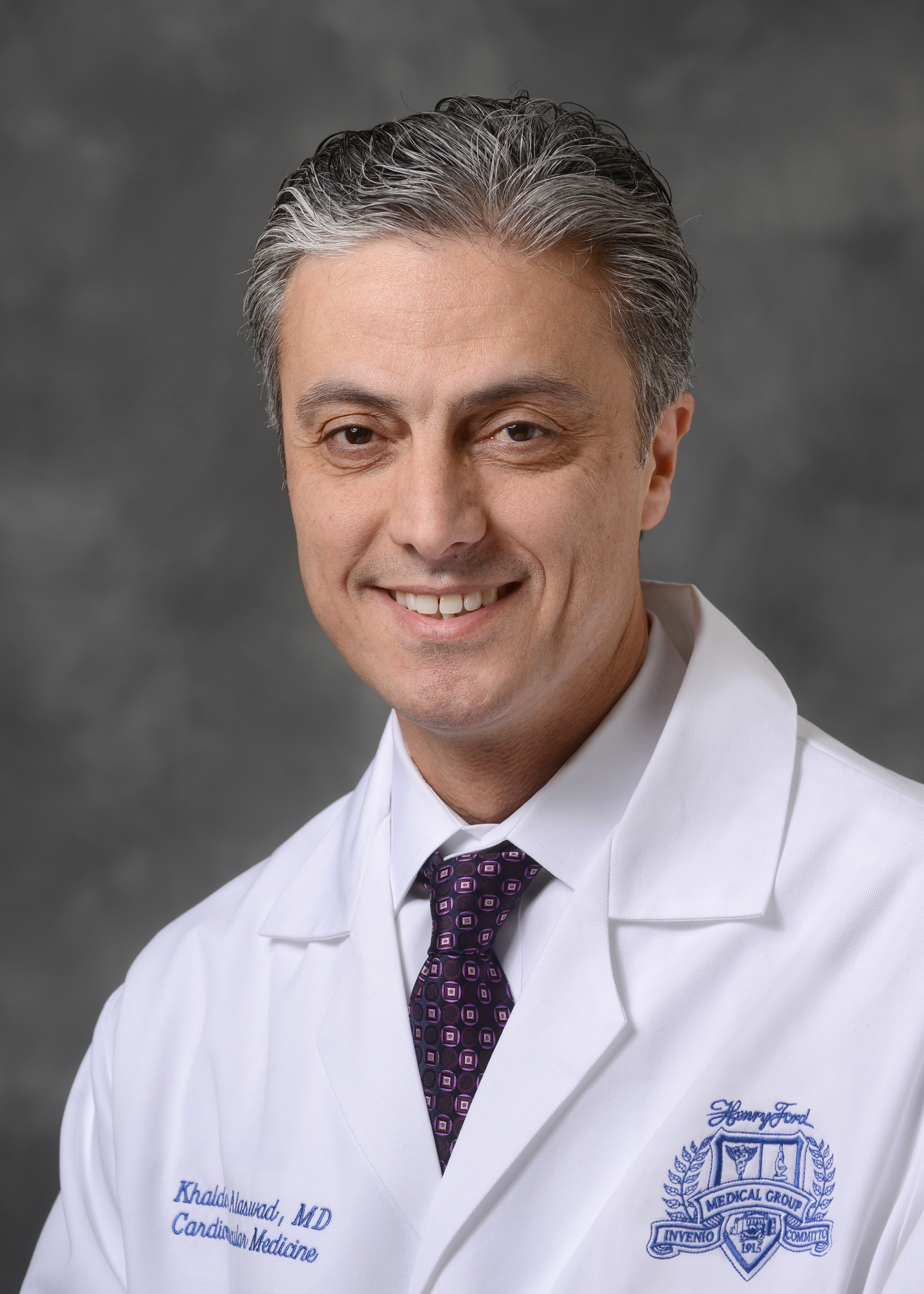
Henry Ford Hospital Cardiologist to Perform Procedure During Worldwide Live Aid Event
A world-renowned interventional cardiologist at Henry Ford Hospital in Detroit who specializes in catheter-based treatments for heart blockages will perform a live procedure during a 16-hour marathon of cases taking place around the world on May 6.
Keck Medicine of USC Launches USC Cardiac and Vascular Institute
Keck Medicine of USC announces the launch of the USC Cardiac and Vascular Institute (CVI), which brings together cardiovascular services at the academic medical center under one unified structure. Vaughn Starnes, MD, surgeon-in-chief at Keck Hospital of USC, has been named executive director of the institute.
Genetic testing proves beneficial in prescribing effective blood thinners
A new research paper funded in part by the National Heart, Lung and Blood Institute (NHLBI) shows a clear advantage of genetic testing in helping health care providers choose the appropriate anti-platelet drug. Testing helps determine if a patient carries genetic variants in CYP2C19 that cause loss of its function. These variants interfere with the body’s ability to metabolize and activate clopidogrel, an anti-platelet medication.
Announcing NUTRITION 2021 LIVE ONLINE
Complimentary press passes are now available for the year’s biggest virtual nutrition meeting, NUTRITION 2021 LIVE ONLINE. Join us June 7–10, 2021 for a dynamic program featuring leading scientists, groundbreaking research and the hottest topics in nutrition science.
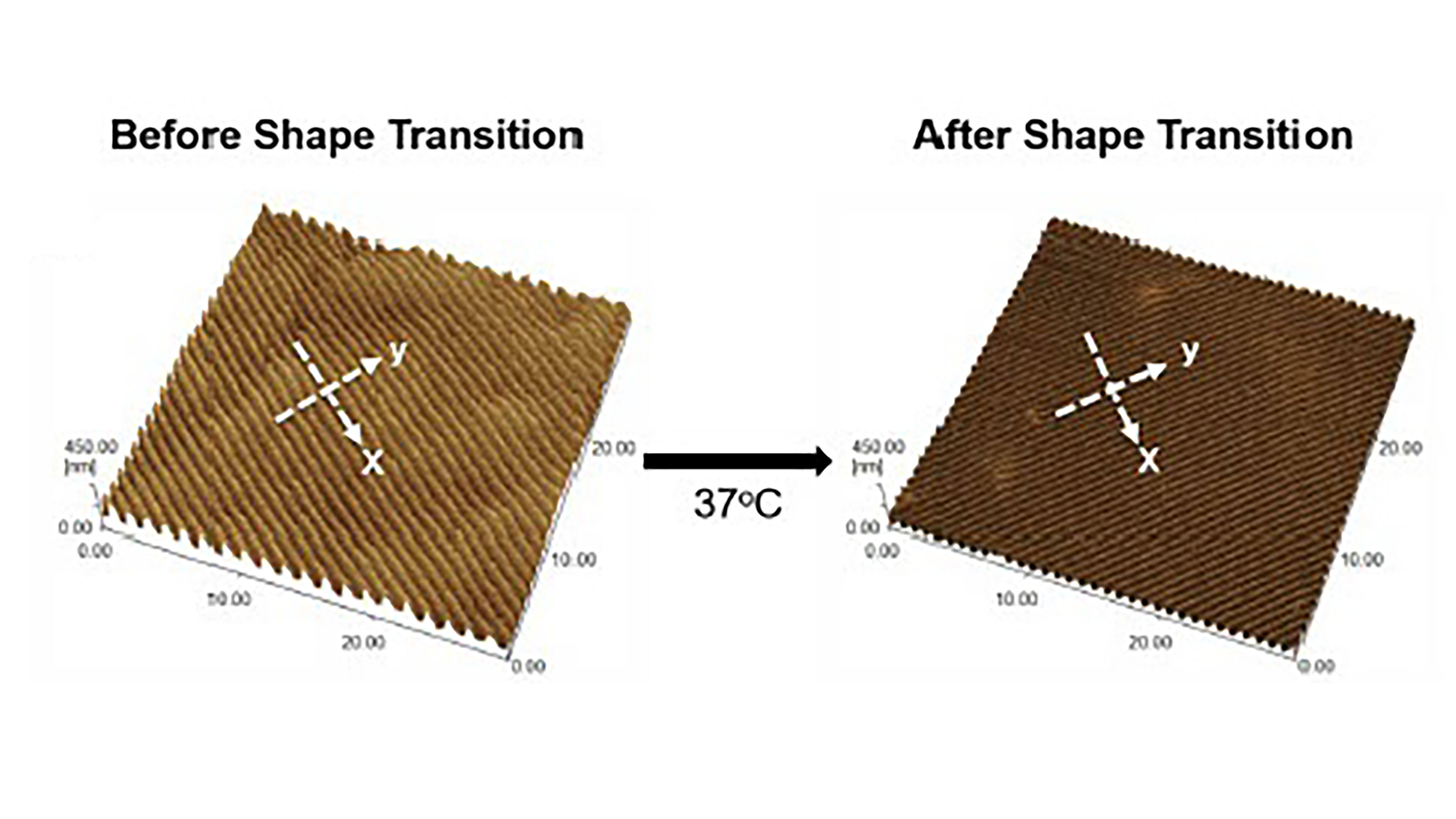
Using Stimuli-Responsive Biomaterials to Understand Heart Development, Disease
The heart cannot regenerate new tissue, because cardiomyocytes, or heart muscle cells, do not divide after birth. However, researchers have now developed a shape memory polymer to grow cardiomyocytes. Raising the material’s temperature turned the polymer’s flat surface into nanowrinkles, which promoted cardiomyocyte alignment. The research is part of the growing field of mechanobiology, which investigates how physical forces between cells and changes in their mechanical properties contribute to development, cell differentiation, physiology, and disease.

Scientists Use Lipid Nanoparticles to Precisely Target Gene Editing to the Liver
Scientists developed a highly efficient, targeted method for delivering gene editing machinery to specific tissues and organs, demonstrating the treatment of high cholesterol by targeting genes in the liver of mice, reducing cholesterol for over 3 months (and potentially more) with one treatment

American Heart Month: FSU experts available to comment on heart disease topics
By: Kelsey Klopfenstein | Published: February 3, 2021 | 1:14 pm | SHARE: Heart disease is the leading cause of death in the United States. Someone has a heart attack every 39 seconds, and cardiovascular disease claims more lives each year than all forms of cancer combined, according to the American Heart Association’s 2021 Heart Disease and Stroke Statistics Update.
Mayo Clinic study indicates age has distinct influences on sex-related outcomes after heart attack
Approximately 1.5 million heart attacks and strokes occur every year in men and women in the U.S. Sex and age play a large part in who experiences a heart attack, the methods used to treat these heart attacks, and the eventual post hospital outcomes of the people who experience heart attacks.
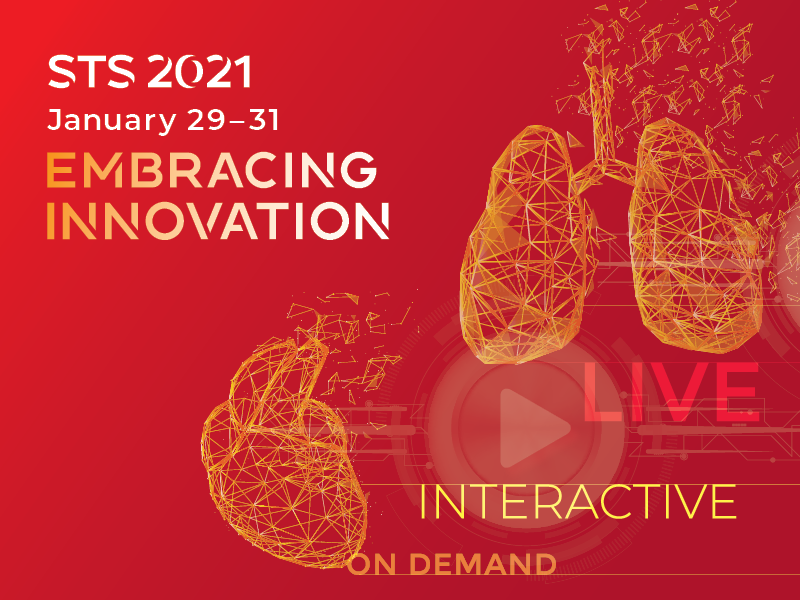
Media Advisory: Register for STS Annual Meeting and Press Briefings
Credentialed press representatives are invited to attend The Society of Thoracic Surgeons VIRTUAL 57th Annual Meeting. This interactive, fully digital experience—expected to be unlike anything that cardiothoracic surgery has experienced to date—will feature thought-provoking lectures, practice-changing science, and cutting-edge techniques and technologies.

Story Ideas from Johns Hopkins Medicine
During the COVID-19 pandemic, Johns Hopkins Medicine Media Relations is focused on disseminating current, accurate and useful information to the public via the media. As part of that effort, we are distributing our “COVID-19 Tip Sheet: Story Ideas from Johns Hopkins” every other Tuesday.
Story Tips From Johns Hopkins Experts On COVID-19
For many of us, this year’s holiday season may look different, and many are asking how we can enjoy the fellowship of the season while keeping ourselves, our loved ones and our communities safe from COVID-19.